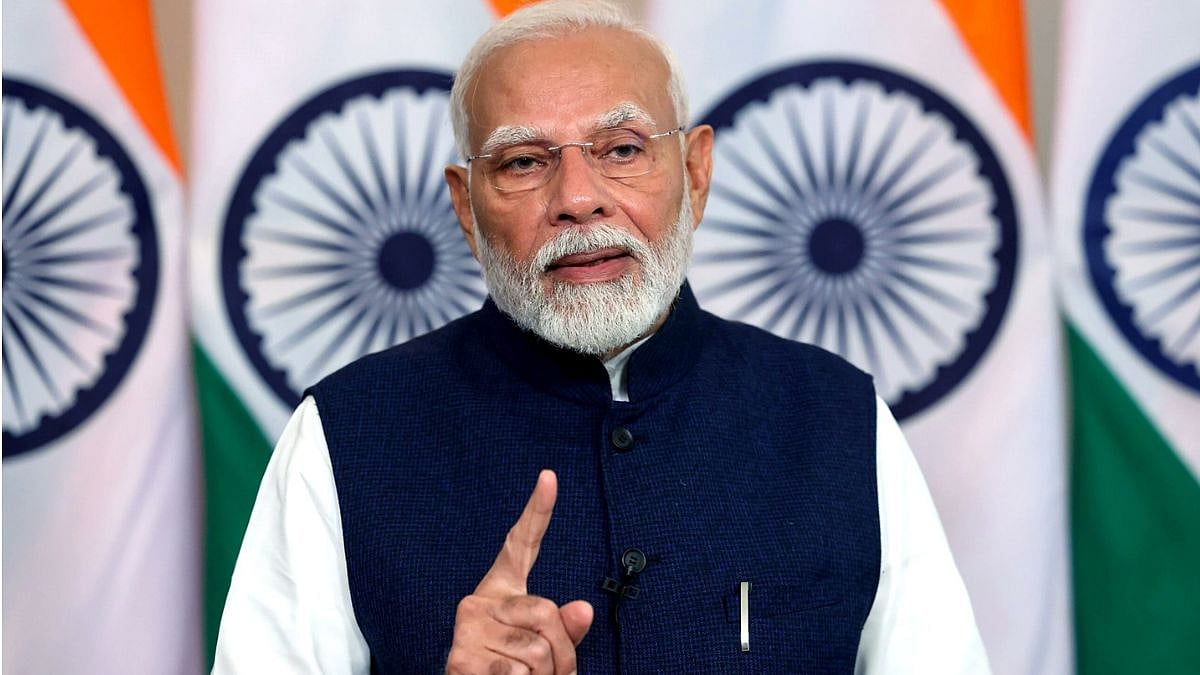India’s export of goods has been clocking a healthy performance for the past three months. It has been $34, 30 and 32 billion in March, April and May respectively. These are a substantial jump over corresponding numbers for the three months of the last year. That’s because the whole world had gone into a lockdown by March last year, and the global movement of merchandise had slumped. So compared to last year, the growth rate of the April number is around 195 per cent, and for March and May, the growth number is equally impressive.
So, the proper perspective is to compare the present performance to pre-Covid levels. Here, interestingly, the export number for May 2021 now exceeds that of May 2019 too, showing a healthy growth of around 8 per cent. If this momentum continues, it bodes well for the overall export of goods, which constitute a significant driver of growth.
Petro & jewellery exports
India is a major exporter of refined petrol and diesel, thanks to giant refining capacities which are much in excess of domestic demand. Hence, nearly one-fifth of the merchandise exported constitutes refined petrol and diesel. It is thus an important source of earning foreign exchange for the country. There is a large import component to these petro-product exports, since crude oil has to be completely imported.
There is a similar situation in the gems and jewellery sphere, where uncut diamonds are imported, and polished stones and ornaments are exported. India is a major player in the export of these items and just like petro-products, these too add to the overall dollar earnings.
Both of these crucial exports depend on the state of the world economy. For instance, the demand for gems and jewellery would naturally fall during economic slump, as consumer sentiment is weak. But thanks to the stock market rally, if wealth is rising, that will induce an increase in demand for luxury goods. However, in the present context, even if one excludes these two components - petro products and gems and jewellery, the country’s export performance is still impressive and rising. It is powered by agricultural products like cereals, jute and other fibres, by electronic goods, specialty chemicals, iron ore, metal products and textile and clothing. Of course, one needs to examine the data in more granular detail to understand areas of maximum potential and growth momentum.
4 sources of spending
The engine of economic growth can be revved up by four demand drivers, or rather four sources of spending. These are consumers, investments (i.e. the demand coming from building new factories), government spending (on things like highways, or rural jobs scheme) and exports (i.e. foreigners spending on Indian goods and services). Presently, as the country is grappling with the second wave of Covid, both the consumer and investment sentiment is weak. This has been confirmed by the Reserve Bank of India’s latest report, as also by the surveys of various industry chambers.
One proxy for investment demand is the growth in bank credit, which is barely 5 per cent. This should be growing at around 25 percent to achieve a healthy growth of 8 per cent. Of course, ‘sentiment’ is as much a matter of psychology, as of economics. It can turn positive quite quickly with the right combination of policy, fiscal stimulus, progress of vaccinations, favourable monsoons, and a pick-up in infra spending. If one looks at India’s stock markets, the sentiment there remains quite bullish and the market is scaling new heights every week.
Maybe the stock market is anticipating a strong economy a year from now. But the rally is also due to excessive liquidity induced by a liberal monetary policy pursued by the Reserve Bank of India. With so much liquidity and growth in money supply, it is bound to fuel a stock rally. It is important to note that when stock market zooms, it increases the wealth of those at the higher end of the income spectrum. This might actually worsen inequality, since the incomes of the poor are still stagnant, owing to the economic slump.
US, China economies
The situation overseas is quite different. The two largest economies in the world, the US and China, are experiencing very strong economic momentum. This is mainly on account of two reasons. One is vaccine optimism. The rate of vaccination is high and the proportion of the population covered is reaching, or has crossed critical mass. The second reason is a very strong fiscal stimulus. In the US, the stimulus was 15 per cent of the GDP last year, and is expected to exceed that amount this year too. China too has injected strong fiscal support, although its slowdown wasn’t as acute.
Due to these factors, these two economies, which are about $35 trillion of the world economy, will grow by at least 5 per cent or even more. India’s economic size is one-tenth of that. So, 5 per cent growth of US and China together is equivalent to India’s economy growth by 50 per cent! That’s the impact of a high base. That’s the scale of the aggregate demand that’s out there. No wonder there are supply bottlenecks becoming visible. Input costs are rising. The Bloomberg commodity price index is nearly 60 per cent higher than last year. Iron ore prices reached nearly $250 a tonne, thanks to the demand from China. Steel prices reached $1,000 a tonne, a price never seen before! World trade is also experiencing an adrenaline rush, manifested in shipping costs. Bulk freight prices are 700 per cent higher compared to one year ago.
The question is whether India is ready to tap into this great export opportunity. Even if India’s share in world merchandise trade goes from the present 1.5 per cent to 3 per cent, which is eminently achievable, it will mean a doubling of exports to around $600 billion annually. This will be a boon not just to big industry, but also to small and medium enterprises, and employment intensive sectors like garments, footwear, electronic assembly.
For all this to happen, India must ensure that the export incentive schemes are in place. The Return of Duties and Taxes on Export Scheme (RODTEP), which was supposed to replace the Manufacturing Export Incentive Scheme (MEIS) and for services (SEIS) has been delayed by six months. GST refund delay is still a problem. High import tariffs and inverted duties are hurting all export businesses which use imported ingredients. The exchange rate is too strong and hurting export prospects. We also need to aggressively welcome and set up global value chains on Indian soil. All these aspects have to be taken care of and only then can we hope to ride the export opportunity. Otherwise, we will miss the bus once again. Learn from Bangladesh, our neighbour, who is enjoying that bus ride.
The writer is an economist and Senior Fellow, Takshashila Institution
The Billion Press










